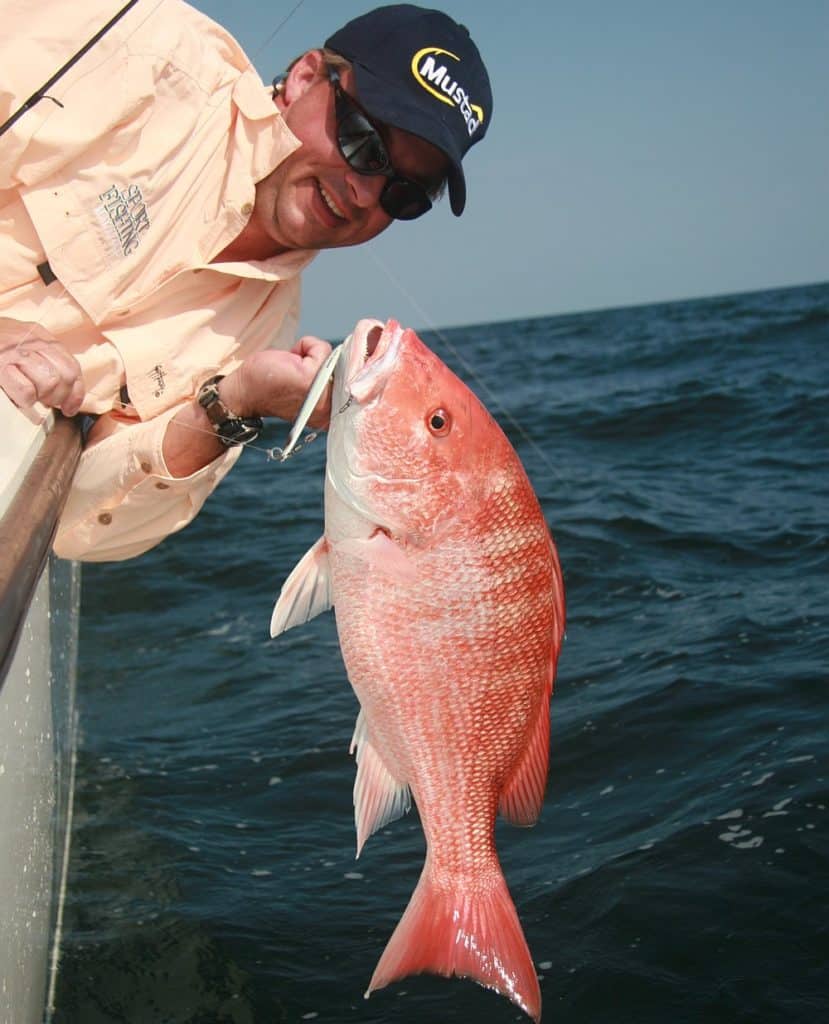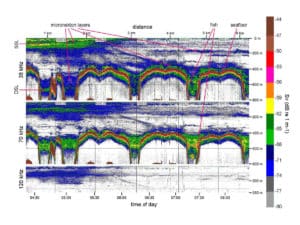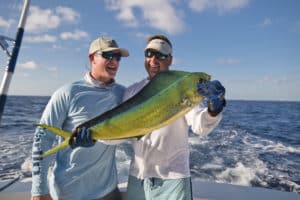
snapper
Bob Shipp is a man in the middle. He’s part of a system (the Gulf of Mexico Fishery Management Council) which has made rulings he has often disagreed with, increasingly so when it comes to one of the most contentious fisheries in the world: Gulf red snapper.
Bob is not one of those scientists who insist that red snapper population are suffering in the Gulf. In fact, he has written scientific papers showing that the dramatically increased “reef” structure in the form of oil rigs and platforms help account for what any angler or diver who ventures onto/into the Gulf knows: Snapper are thicker than fleas on the junkyard dog.
Bob e-mailed me a document he’s written that I felt is well worth sharing. As much as I’d love to once again have a year-long open season throughout the Gulf with a generous bag limit, I think we all know that’s unlikely. What Bob proposes here is not that, but it’s so much better than what we have now, I think most anglers would give his plan a resounding thumbs up. I just hope lawmakers might have enough sense to do the same. See what you think.– Doug
The recent turmoil over Gulf red snapper landings has cast a pall over stock assessments for this species. Folks on the water know that the population is healthier than it’s ever been, and hopefully the new methodologies used in counting the catch will confirm this.
But where does that leave us? I think we need to use some very simple but tried and true methods to manage this stock. First a little history. During the nineties we had a seven fish bag limit for red snapper, and a year round season. Then in the early part of this century we went to a four fish bag limit and an April to October season. During both of those periods the snapper stocks were improving rapidly. More recently the bag limit was reduced to two fish, and the seasons progressively shortened. And the stocks continued to expand.
Now we have organized chaos. We have a very healthy stock and a near non existent season. We have rancor between stakeholders and tremendous uncertainty about the future management of this species.
We can look back on history and select a very conservative but reasonable management regime. I propose a straw man to begin the discussion. I propose a six month season (April 15- to October 15?) with a two (or three) fish bag limit. This is far more restrictive than those earlier periods when the stocks were expanding. But to make it even safer, I propose that harvest be restricted to twenty (or twenty-five) fathoms or less. Red snappers range to one hundred fathom depths, so this would provide an additional safeguard to the stocks.
We would monitor the harvest by fishery independent sampling and angler catch data (catch per unit effort). This system would stay in effect for three (or five) years, after which the restrictions could be adjusted if the monitoring data supported it.
What would this do? Well, it would end the conflict between the various sectors. There would be no need for sector separation (for-hire sector and private recreational), no need for pilot programs involving head boats and charter boats. It would enhance safety by eliminating the frantic derby fishery which results in bad weather fishing. In addition, states would likely remain compliant, and there would be no need for the complications of regional management.
The environmental groups would have a guarantee that the stocks are protected, with the creation of a virtual “marine protected area” for this species in depths greater than twenty (or twenty-five) fathoms. It would significantly reduce bycatch and release mortality with the longer season and twenty or twenty-five fathom restriction. The commercial sector would continue with their IFQ program, and this system would remove the onerous issue of reallocation, thus relieving the commercial sector of concerns of future reductions. Nor would the commercial sector have concerns about state takeover of red snapper management.
There would be no motivation for the inter-sector trading of shares which has generated so much ill will among stakeholders.
But perhaps most important it would bring stability to the fishery, allowing individuals and organizations to plan ahead. The socio-economic benefits would be immense.
How would this happen? First, Congress would have to exempt Gulf red snapper from the Magnuson Act. Then the Commerce Department would direct NOAA and the Gulf of Mexico Fishery Management Council to develop a plan along the lines of the straw man described above. This would need to be in place by the at the earliest possible season.
I’m not so naïve to think this is likely to suddenly happen. But we continue to hear the cry to “think outside the box.” We need to. As one environmental leader was quoted recently “red snapper management stinks.” Come on folks, we can do better than this.
-Dr. Bob Shipp
_Shipp has served eighteen years on the Gulf of Mexico Fishery Management Council, three terms as chair, and is currently chairman of the Council’s Reef Fish Committee. He is professor and past chair of the Department of Marine Sciences at the University of South Alabama. _






